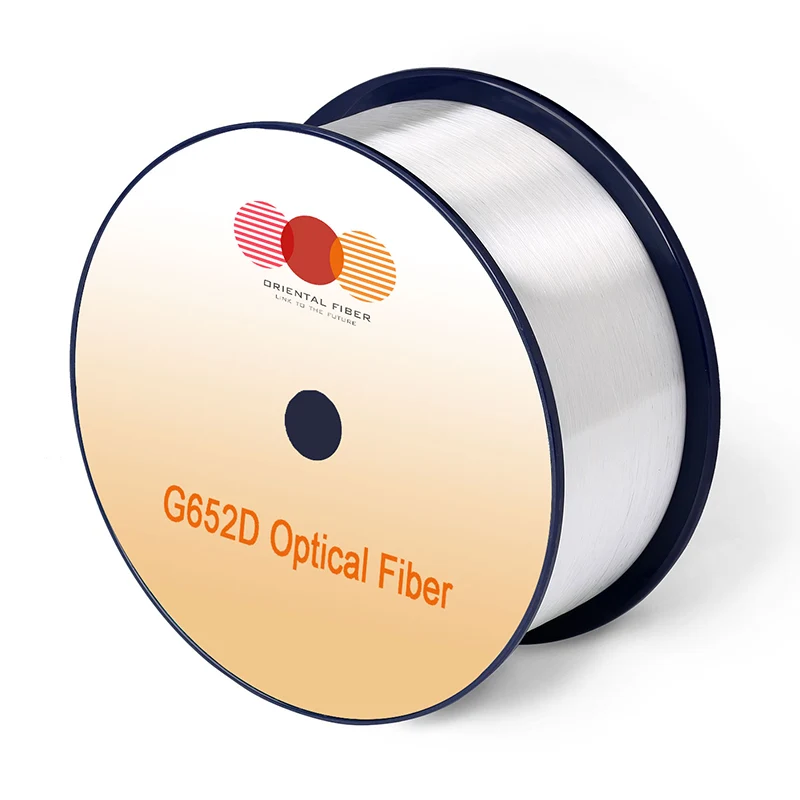What Makes G.652D Single-Mode Optical Fiber the Standard for High-Speed Networks?
2025-03-03
In modern telecommunications, fiber optic cables are the backbone of high-speed data transmission. Among the different fiber types, G.652D single-mode optical fiber has become the industry standard due to its low attenuation, compatibility, and cost-effectiveness. But what makes it the preferred choice for network providers?
What Is G.652D Optical Fiber?
G.652D is a low-water-peak single-mode optical fiber that meets ITU-T G.652 standards. It is designed for optimal performance in the 1310 nm and 1550 nm wavelength ranges, making it suitable for long-distance and high-bandwidth applications.
Key Advantages of G.652D Optical Fiber
- Low Attenuation (Signal Loss): Ensures minimal signal degradation over long distances.
- Low Water Peak: Enhanced performance at E-band (1360–1460 nm), enabling CWDM (Coarse Wavelength Division Multiplexing) applications.
- High Compatibility: Works seamlessly with legacy fiber networks, reducing upgrade costs.
- Cost-Effective: A widely adopted standard, making deployment and maintenance more affordable.
Applications of G.652D Fiber
- Metro and long-haul networks – Ideal for high-speed city-wide and intercity connections.
- FTTH (Fiber to the Home) – Supports high-speed broadband services.
- Data centers – Ensures fast and reliable data transmission.
- Submarine cables – Used in some undersea communication systems.
G.652D single-mode optical fiber remains the most widely used fiber type for broadband, enterprise, and telecom networks. Its low attenuation, cost efficiency, and compatibility make it a practical solution for building high-speed, future-proof communication infrastructure.



